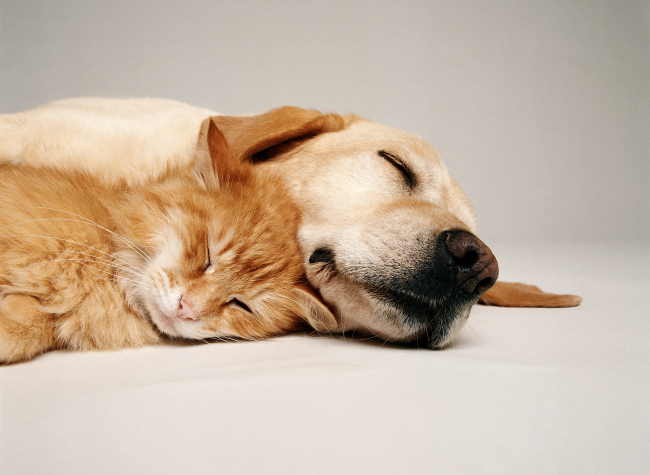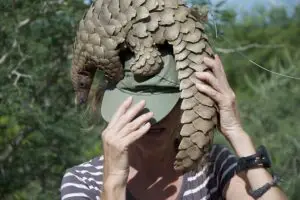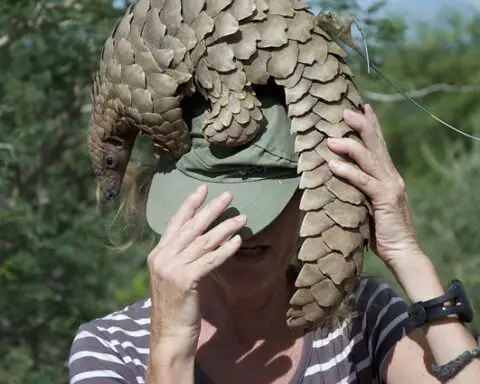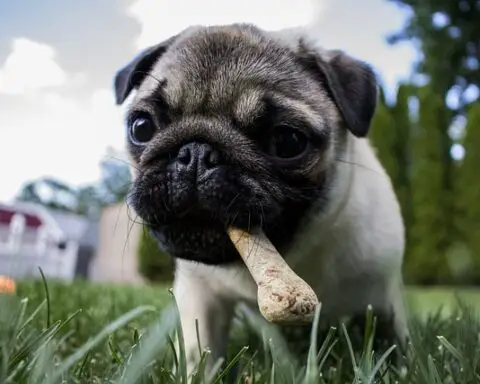Many of us believe that dogs dream, and for good reason. You may have noticed during your dog’s sleep that his leg twitches, he might shake a bit, or he may snap or growl at something that he seems to see in his sleep.
Here are some reasons why many feel it is safe to say that yes, dogs do appear to dream, and they seem to dream about things similar to what we might dream about.
The structure of a dog’s brain
Mechanically speaking, a dog’s brain is similar to a human’s. The electrical brain activity observed in humans during REM sleep (dream sleep) has wave patterns similar to those observed in dogs.
A convincing study
A study carried out at MIT (Massachusetts Institute of Technology) showed that animals not only dream but can recall long sequences of events while asleep.
Humans have a sequence of different sleeping states, and animals do too. And researchers now know that animals – including dogs – are not only dreaming, but their dreams are connected to real lived experiences.
In the study, researchers trained rats to run along a circular track for a food reward. They monitored the brain patterns while the animals were running, comparing them to those that arose while the animal was in REM sleep. While asleep, the brain patterns matched the patterns while awake so closely that researchers could tell where an animal was ‘reliving’ the maze and whether it was running or standing still.
 How does this relate to dogs?
How does this relate to dogs?
A dog’s brain is more complex than a rat’s brain, and the electrical sequences are the same. There is evidence that dogs dream about common dog activities.
If your dog does a lot of running during the day, you may notice his paws twitching in sleep. He may be reliving that moment of chasing the ball or another doggie friend.
Whatever your dog’s favorite things to do when awake are, that’s likely what he’ll be dreaming about.
How to tell when your dog is dreaming
The good news is that you don’t need any fancy laboratory equipment to tell when your dog is dreaming. Watch your dog from the time he falls asleep. As his sleep deepens, you’ll observe that his breathing becomes more regular.
On average, once your dog has been asleep for about 20 minutes (for average-sized dogs), the dreams should begin. You’ll know your dog is in his dream sleep because his breathing will get more irregular and shallow. You might see muscles twitching. If you observe closely, you might be able to see your dog’s eyes moving behind its closed lids. The eyes move because your dog is looking at his dream images as if they were really happening now (we do the same thing).
Can dogs have nightmares?
Because humans don’t always have pleasant dreams, we tend to infer that dogs don’t either.
If your dog appears to be having a distressing dream, you may not want to wake him in the middle of it. Just as humans being woken up from a nightmare can feel disoriented and confused, your dog might feel frightened and lash out without meaning to. This can be particularly dangerous for children, so in these moments, you’re better off to wait it out and let your dog come out of it on his own.
You may want to let your dog sleep on your bed if you are worried (a Chasing Tails ramp makes getting into bed easy even for small dogs). You can snuggle up beside your friend and wait for his nightmare to pass and be there for cuddles.
Why do puppies and older dogs seem to twitch more?
When puppies and older dogs sleep, you may have noticed that they twitch more than young or middle-aged dogs. This is because the part of the brain stem (the pons) that controls our sleep cycles and inhibits our large muscles from moving during sleep is less active in puppies and older dogs.
The pons is what prevents us from actually running when we dream we’re running. If the pons were inactive, we might act out everything we are doing in our dreams, which might lead to disasters of all kinds.
Are there breeds that dream more?
Just as with people, some dogs have more frequent dreams than others. Researchers believe that small dogs dream more often and with shorter dreams than larger dogs.
The subjects of your dog’s dream tend to be linked to his daily activities and experiences, as we’ve seen above. So you may wish to watch your dog after a particularly eventful day to see if your friend is reenacting anything in his dreams!











